2019 Hyundai Kona Electric review, road test
The Kona Electric sure looks interesting. But does it have the real-world performance and range to be considered as an alternative to conventional combustion engine cars?
Published on Sep 29, 2019 10:00:00 AM
1,21,371 Views
Follow us on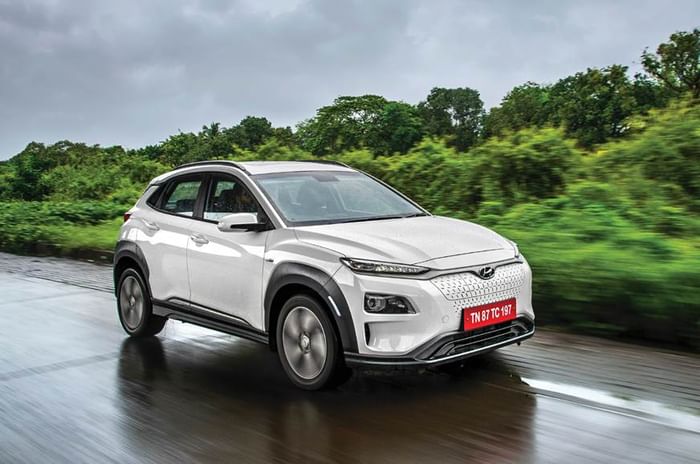
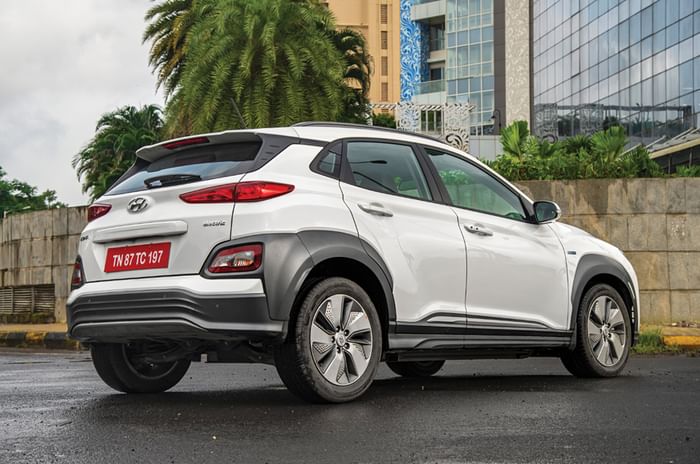
Rear windscreen isn’t very big, which limits the rear visibility.
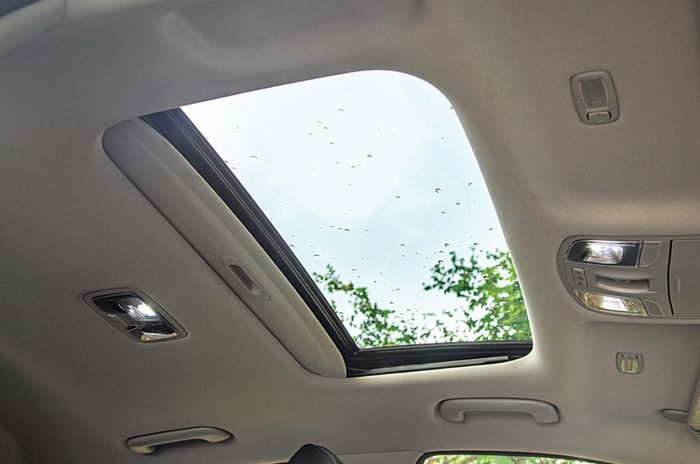
Sunroof is small but helps bring in some light to make the all-black cabin feel airy.
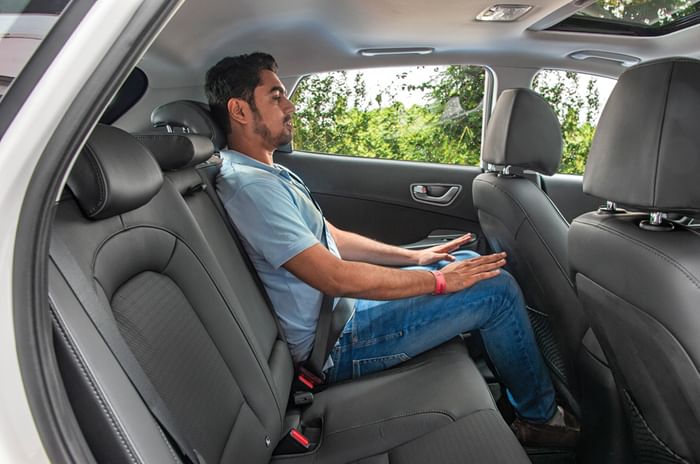
Legroom and headroom are limited. Under-thigh support isn’t great either.
The Kona rides on a slightly stiff suspension and this is because it needs to carry the roughly 320kg battery, along with the rest of the car’s weight. It handles small potholes and undulations reasonably well. However, over a rough patch, the suspension kicks, and there is a fair amount of movement inside the cabin. Big potholes are taken with a sharp thud and you get tossed around inside as well. The multi-link rear suspension and the stiff chassis make the car feel nice and planted around corners; the low centre of gravity resulting from the under-floor battery pack helps too. So, at speed, the Kona feels planted and stable.
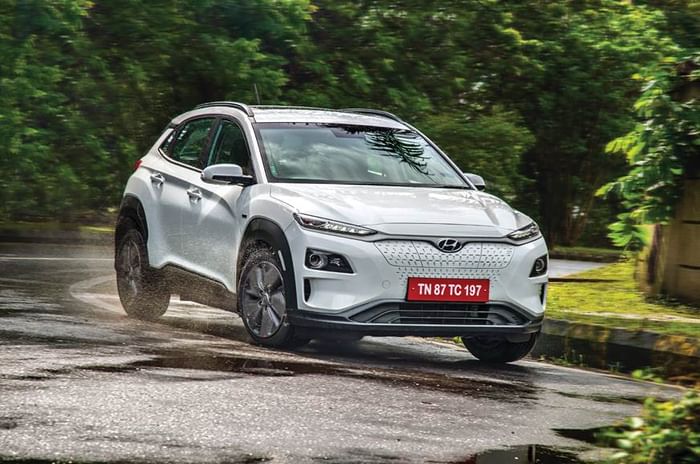
The car also feels agile and nimble from one corner to another, but is let down by a couple of factors. Firstly, the steering does nothing to make you feel connected with the front wheels; and secondly, the Nexen N’Fera SU1 215/55 R17 tyres, despite having good rolling resistance, are not very grippy either.
While the brake feel isn’t ideal in regeneration mode 2 or 3, it gets better as you reduce regenerative braking. Pedal feel actually gets less and less wooden and vague – which is a good thing. With regeneration on 0, you can actually trail brake into a corner quite effectively. The Kona Electric has an unladen ground clearance of 172mm, which is not that high but neither is it low enough to scrape easily on tall speed breakers.
Copyright (c) Autocar India. All rights reserved.




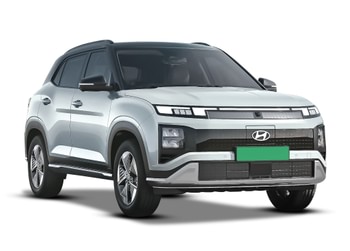

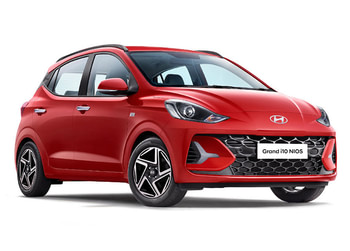




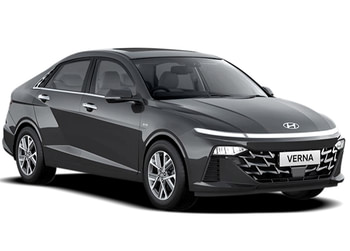


Comments
Member Login
Personal Details
No comments yet. Be the first to comment.